Ever wondered how many different types of monkeys are found in India? Here is a quick list of different species of monkeys of India including the common enough langurs to the not so common and recently discovered Arunachal Macaque.
Though monkey is the general term used to describe all these tree hopping animals, monkeys are actually part of the order Primates which also include apes, prosimians like the lemur and humans.
1
Hoolock gibbon (Hylobates hoolock)
This proud member of the ape family is the only ape found in India. Hoolock gibbons or Whitebrowed gibbons inhabit the north eastern forests of Assam and Chitagong. They are tail-less and the only primates found in India (except humans of course) that is without tail. The howling sound they make is what gives hoolocks their name. Read interesting facts about these gibbons here.
(Image By Vijay Cavale (email) [CC-BY-SA-1.0 (http://creativecommons.org/licenses/by-sa/1.0)], via Wikimedia Commons)
2
Rhesus macaque (Macaca mulatta)
One of the most commonly known monkeys of the nation, these are distinguished by their brown body. They live equally well in forests as well as with humans, even accepting food from people outside railway stations and temples.
(Image by Yann (Own work) [GFDL (http://www.gnu.org/copyleft/fdl.html) or CC-BY-SA-3.0-2.5-2.0-1.0(http://creativecommons.org/licenses/by-sa/3.0)], via Wikimedia Commons)
3
Bonnet Macaque (Macaca radiata)
A common enough monkey found in India, it has a tail longer than its head or body. In fact, the bonnet macaques have the longest tail among all monkeys found in India. Found in peninsular India, these macaques are often seen sitting in a group of 20-30 feeding on the ground or sitting on trees.
(Image by dotcompalsphotoblog.blogspot.com)
4
Assam macaque (Macaca assamensis)
This macaque is a larger, heavier animal than the rhesus or the bonnet macaque. It does not have the orange tinch of colour on its body hair like the rhesus. It is found in the Himalayas, forests of Assam, and in the sundarbans in India. They are shy and indifferent to humans though in Sikkim and Darjeeling they are hunted for food and supposed medicinal value.
5
Liontailed macaque (Macaca silenus)
This monkey is very different to look at from all other monkeys because of its dark fur colour and also because of the lion like mane around its neck and the bushy tail. It inhabits the dense forests of the Western Ghats and is seldom seen outside its dark, dense territory. The call of the male liontailed macaque is said to resemble a human voice.
These langurs are now out of the World’s 25 most endangered primate list of IUCN.
(Image By Vincent Paul S (Own work) [CC-BY-SA-3.0 (http://creativecommons.org/licenses/by-sa/3.0)], via Wikimedia Commons)
6
Arunachal macaque (Macaca munzala)
This monkey was discovered in 2004 and lives only in Arunachal Pradesh. It is large brown with a relatively short tail. The monkey’s species name, mun zala, means ‘deep-forest monkey’ in the vernacular of the Dirang Monpa people. It is one of the most highest dwelling primate in the world.
7
Common langur (Presbytis entellus)
Also called the hanuman langur, it is a slender black faced monkey with long hands and feet. Hanuman langurs are practically found in all of India from the Himalayas to down south. They are purely vegetarian, unlike the macaque that eat insects too.
(Image By Steve Garvie from Dunfermline, Fife, Scotland (Tufted Grey Langur) [CC-BY-SA-2.0 (http://creativecommons.org/licenses/by-sa/2.0)], via Wikimedia Commons)
8
Capped langur (Presbytis pileatus)
Also called the leaf monkey, a cap of erect, long coarse hair directed back from the forehead gives this monkey its name. it is slender and light brown in colour. While other langur babies are born black, these langurs are golden or creamy white at birth.
(Image by http://southgarohills.gov.in/images/New/capped%20langur.jpg)
9
Phayre’s langur (Trachypithecus phayrei)
It is an endangered langur found in the north eastern states of Tripura, Assam and Mizoram. The species prefers primary and secondary evergreen and semi-evergreen forest, mixed moist deciduous forest, but is also found in bamboo-dominated areas, light woodlands, and near tea plantations.
(Image of Trachypithecus phayrei by Vijay Anand Ismavel flickriver.com)
10
Golden langur (Presbytis geei)
The beauty of their fur is most dazzlingly displayed in sunlight. It is an almost uniform coat of cream that turns golden in light. These monkeys inhabit evergreen forests of Assam. Read how these langurs were saved by a ropeway.
(Image By Amartyabag at en.wikipedia [CC-BY-SA-2.5 (http://creativecommons.org/licenses/by-sa/2.5)], from Wikimedia Commons)
11
Nilgiri langur (Presbytis johni)
While most langurs are light bodied and dark faced, this is just the opposite. The body hair color of this langur is a glossy black with a yellowish brown head. They are found in the Western Ghats from Coorg to Cape Comorin, the Nilgiri, Anaimalai, Brahmagiri, Tinnevelly and Palni Hills.Known to love cardamom plant piths!
(Image by green-indians.blogspot.com)
12
Slow loris (Nycticebus coucang)
The Hindi name for this member of the primate family is sharmili billi, though it is no relative of the cat family. It is a round headed, round eyed lemur distinguishable in having its second toe clawed and the other toe furnished with flat nails. Found in Assam, Tripura and Chittagong. It is a creature of the night and seldom seen spending days curled in a ball and sleeping.
13
Slender loris (Noris tardigradus)
As the name suggests, it is a much smaller and slender form of lemur. Ears are large with a pointed snout. Although like the slow loris it is a night dweller, the slender loris is not as shy. It is found in dense forests as well as open jungles of south India, but difficult to locate. Sadly, read how it is repeatedly being targeted by poachers.
(Image By Kalyan Varma (Kalyanvarma) (Own work) [GFDL 1.2 (http://www.gnu.org/licenses/old-licenses/fdl-1.2.html), GFDL (http://www.gnu.org/copyleft/fdl.html) or CC-BY-SA-3.0-2.5-2.0-1.0 (http://creativecommons.org/licenses/by-sa/3.0)], via Wikimedia Commons)
14
Pigtail Macaque (Macaca nemestrina)

There are two sub species of pigtail macaques – Southern and Northern pigtail macaque. As the name suggests there tails are short and erect like pigs. Infants are born black and the color of the fur changes to golden brown as they mature. These monkeys are Vulnerable and are found in Northeast India.
Image – http://pin.primate.wisc.edu/factsheets/entry/pigtail_macaque
15
Crab eating Macaque (Macaca fascicularis)
h(252)c(1)/51caa69ca728bf7f4d395146cb8aebcb.jpg)
Also known as Nicobar long-tailed macaque, these monkeys have an extremely long tail. Males have moustache while females have beards. Though they eat crabs, they also eat insects and fruits.
Image – http://resources.waza.org/files/images/w(415)h(252)c(1)/51caa69ca728bf7f4d395146cb8aebcb.jpg
16
Stump tail Macaque (Macaca arctoides)

They are also known as bear macaques and are found in Northeast India. The body is covered with shaggy, brown hair but the face is hair less and red. The color darkens when exposed to sunlight. As per ADW “After a disagreement or fight they have a specific ritual of reconciliation. The subordinate will present his rump to the dominant male, who will kiss or embrace the subordinate. The subordinate will respond by “lip smacking” or “teeth chattering”.”
Image – http://www.natgeotraveller.in/site/assets/files/29470/dsc4829.jpg
More Related Stories,
Marine Animals Shrinking due to Global Warming
Iron Ore Mining stripping Wild animal Homes in Goa
Reference:
The Book of Indian Animals, S.H. Prater, Bombay Natural History Society 1971



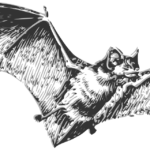

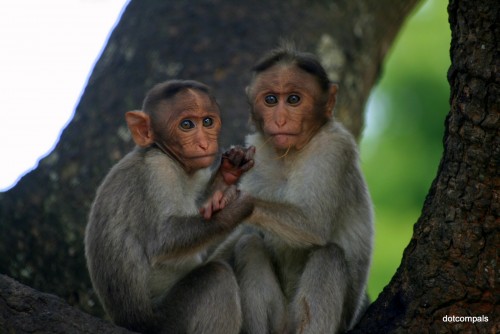
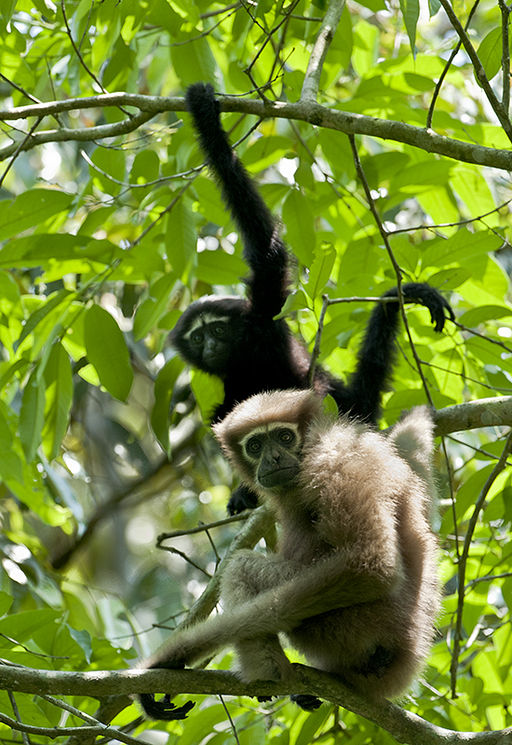

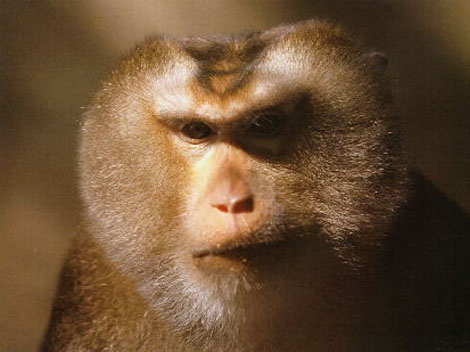
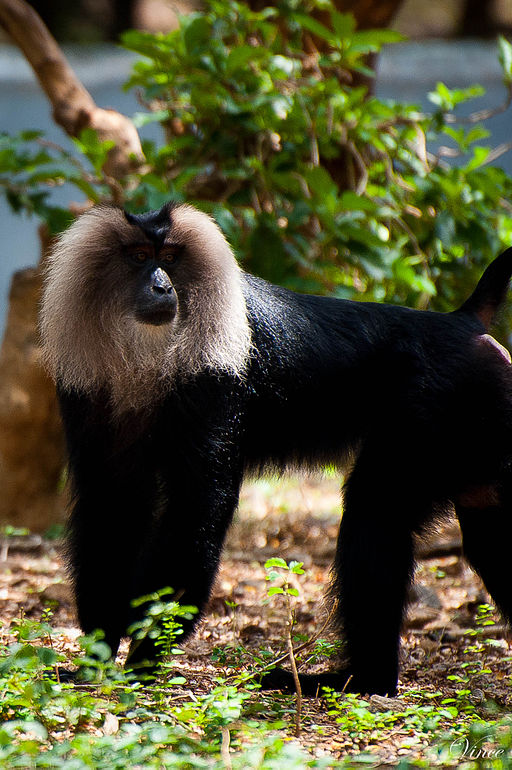
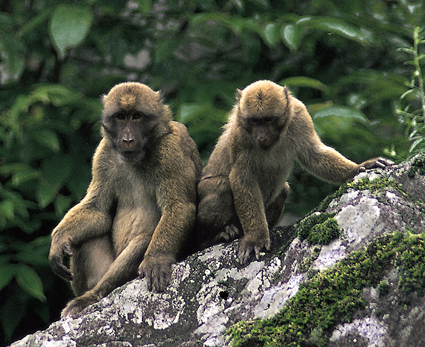
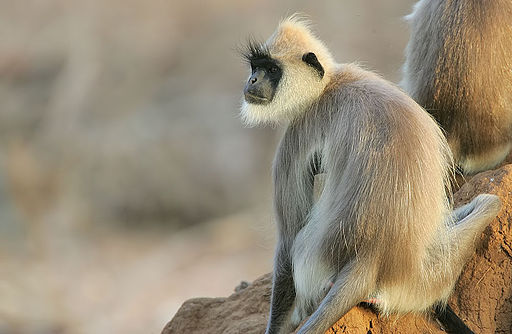

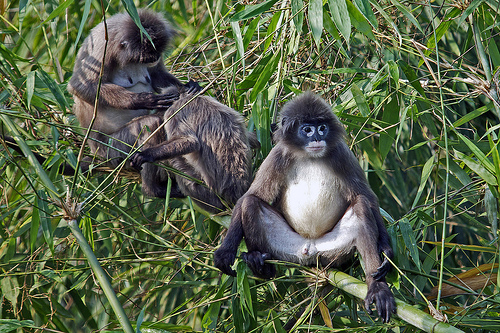
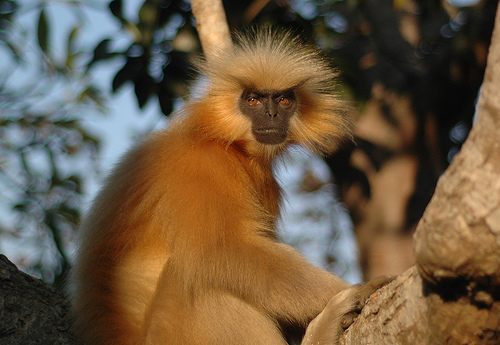

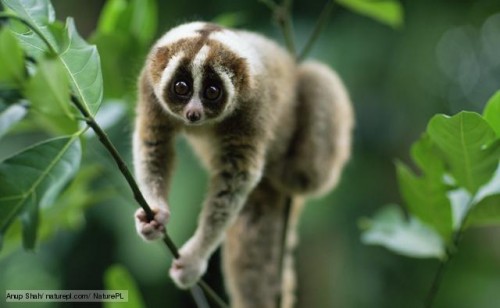
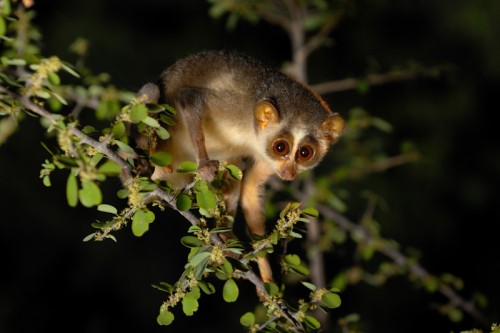
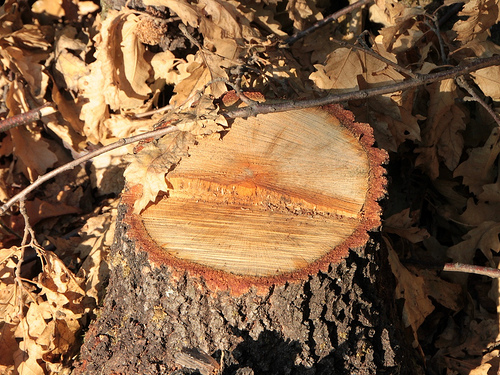

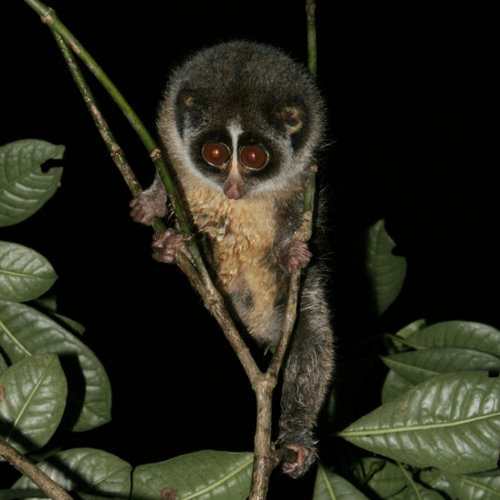
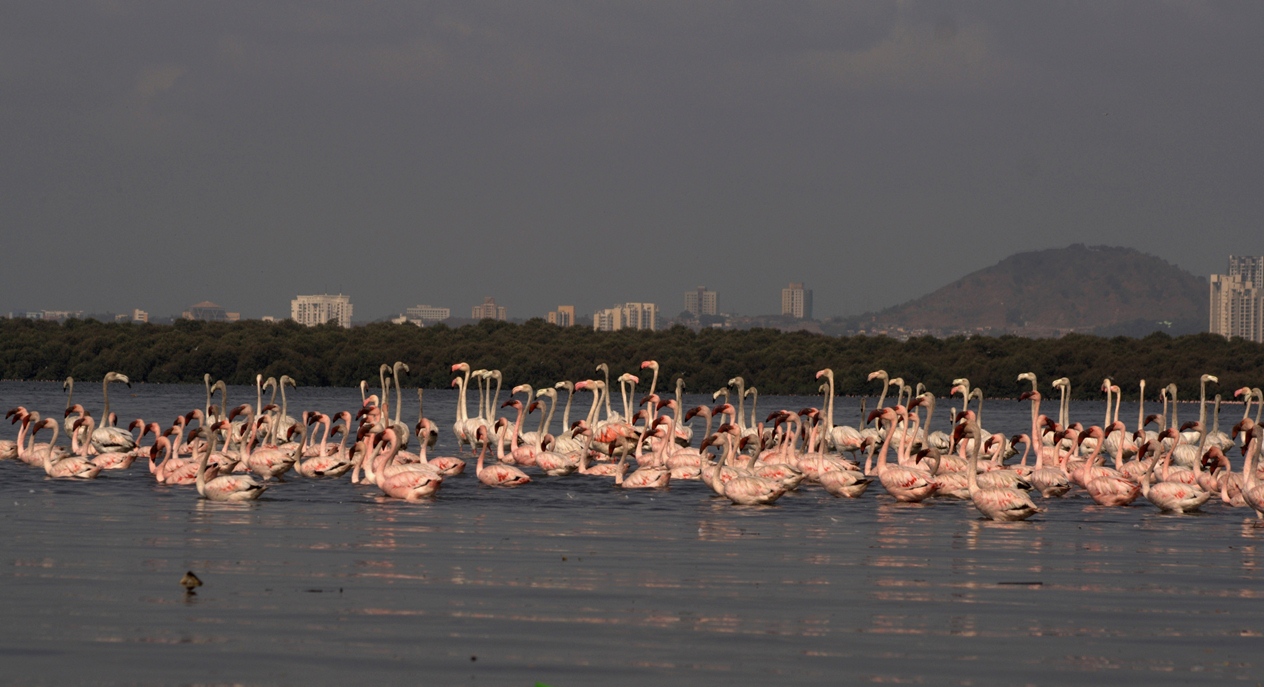
what a lovely collection of monkeys if I may use the term My favourites are the Pahyre’s Langurs and the Golden Langurs (isn’t he gorgeous!!) But the cutest are the Loris — all of them. Thanks for sharing!
My favourites are the Pahyre’s Langurs and the Golden Langurs (isn’t he gorgeous!!) But the cutest are the Loris — all of them. Thanks for sharing!
Thank you Zephyr for visitng. What can I say..they are all my favourites. So close to us humans and yet so distinct individuals…don’t you think?
Please Add Another 3 Known Species To This Well Composed Material PigTailed Macaque,CrabEating Macaque,StumpTailed Macaque
Thank u
Thank you for your valued suggestion. The names will be incorporated soon. It is readers like you who make our work easier, adding to our knowledge base. Do keep visiting..:)
Thank you for this awesome list
Glad the list helped you.
What is the difference between the rhesus and bonnets? In terms of appearance?
Nice reading about monkeys of India. You were very lucid in describing them.
Regards